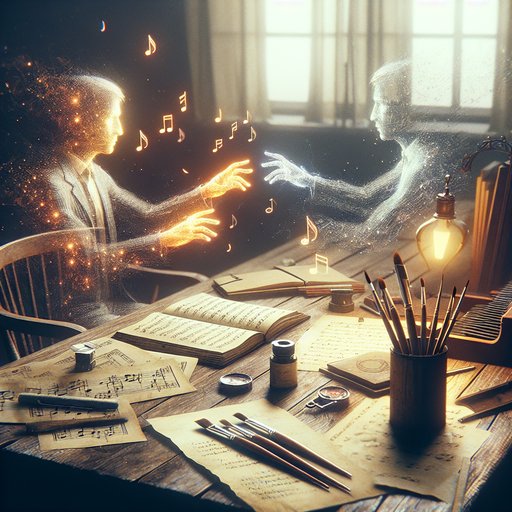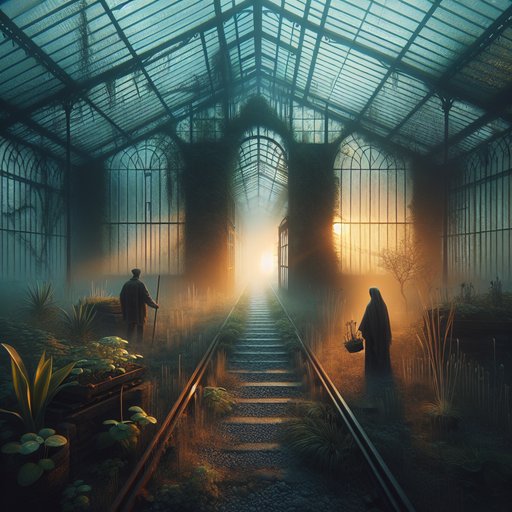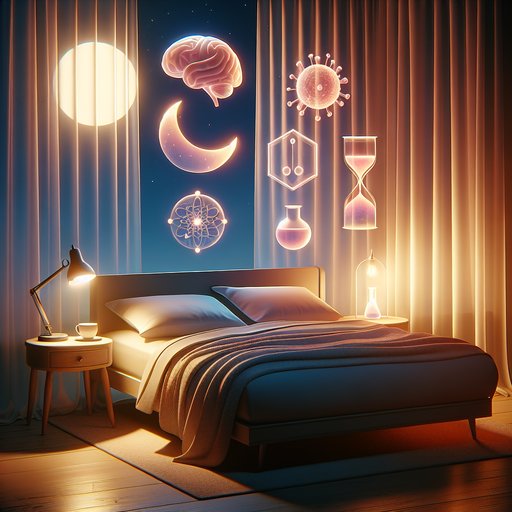
A melody lands in your inbox that you don’t remember writing. The brushstroke on your screen looks eerily like your own hand, except it came from a prompt you typed between emails. A paragraph stares back in your cadence, but you never wrestled with its commas. AI-generated music, art, and literature are no longer curios—these systems sit beside us like fluent studio mates, answering “what if?” faster than we can form the question. They challenge a belief that creativity is a private spark contained within a singular mind, and they do it in public, at scale. Inside that friction lies a chance: to renegotiate authorship, invent new genres, and build economic and ethical infrastructure that matches the texture of collaborative creation. The fight over definitions has begun in living rooms and courtrooms, but the real experiment is unfolding in the work itself.
At 1:47 a.m., a songwriter in a tiny kitchen loops a four-chord progression while a model suggests counter-melodies in real time, humming back options as if it were a second mouth in the room. She rejects most of them—too glossy, too tidy—until a brittle line catches and the track pivots. On another screen, an illustrator nudges a scene into existence with a sentence and a paint-over, insisting the shadows fall from right to left. A poet starts with a blank page, asks for a list of metaphors, then discards the list, keeping only the rhythm it gave her.
The machines do not tire. They do not sulk when ignored. They offer, and offer again. The horizon pulls closer with every render.
Paintings learn the room and adjust their palette to morning light; a poem published online recomposes itself when it rains in the reader’s city; a song issues dozens of versions that shift for your commute, your heart rate, your appetite for bass. We begin to treat finished work as a snapshot from a moving river. The question is no longer whether a machine can imitate a style, but what counts as a definitive version when the work itself is a living system that listens back. We have arrived here by a road that already rewrote originality.
In the nineteenth century, photography unsettled portrait painters and reminded viewers that point of view could be mechanical. By the early twentieth, Marcel Duchamp placed a urinal in a gallery and declared the selection the art, cracking open the gap between idea and artifact. In 1936, Walter Benjamin suggested that mechanical reproduction changed the aura of art, splitting creation from singular presence. Player pianos rolled on in parlors, playing Chopin for anyone who could crank.
Each wave asked a similar question: if a tool can stand in for a gesture, where does the human live in the result? Long before deep learning, Ada Lovelace speculated that a machine might compose music should it be instructed in the “science of harmony and of musical composition.” Mid-century artists embraced constraints as engines. John Cage used chance operations to write silence into performance; the Oulipo group in literature treated rules like instruments; Sol LeWitt’s wall drawings could be executed by others following his instructions; Brian Eno’s generative music drifted from carefully chosen boundaries. None of these were algorithmic in the contemporary sense, but they taught audiences to recognize authorship in the choice of system as much as in individual strokes.
When today’s models sketch in our voice, they extend a lineage where rules, not only hands, define the art. By the 1970s and 1980s, artificial authorship showed up in galleries and studios with names. Harold Cohen’s AARON produced drawings that Cohen then inked and curated; the collaboration raised eyebrows and funds in equal measure. In the late 1980s, David Cope’s Experiments in Musical Intelligence analyzed patterns in scores and generated pieces in the style of canonical composers, winning competitions and ire.
Audience members argued over whether they were moved or fooled—sometimes both. The discomfort was telling: style, it turned out, could be harvested as a set of statistical habits without the body that lived them. The 2010s accelerated the harvest. Neural networks first hallucinated dog-faced clouds through DeepDream, then learned to translate style across images, and soon generative adversarial networks spun out faces that never existed.
Text-to-image systems unfolded, turning prompts into oil, ink, and light within seconds. Language models, trained on text scraped from public life, started producing essays, jokes, and verse with unsettling fluency. Text-to-music systems climbed from bleeps to arrangements. The legal world kept pace in uneven steps: artists and authors filed lawsuits over training practices; copyright offices clarified that works created solely by AI are not eligible for protection; music awards carved out categories that allow AI-assisted submissions as long as a human authorship threshold is met.
Even as institutions negotiated rules, culture sprinted ahead. The most honest experiments happen in studios with the door half open. Producers feed stems to models to audition harmonies that would take hours to explore by hand. Painters use diffusion as a starting place, then spend days sanding away the generic gloss.
Novelists draft a chapter, then ask a model to argue with it, keeping the part that bruises. In all three cases, the creative act shifts toward curation, toward the choice of what not to keep. That choice is not trivial; the distance between a canned pastiche and a voice is often measured in hundreds of rejections that never make the credits. Infrastructure is learning to speak the new grammar.
Content provenance standards are emerging to mark when images, audio, and text have been synthesized or edited by machines, giving audiences a ledger rather than a hunch. Musicians talk about licensing their catalogs not just for sampling, but for model fine-tuning, with the idea that royalties could follow influence instead of mere reproduction. Visual artists explore opt-in datasets and style consent toggles that respect refusal as a creative act. Edge models now live inside instruments, pedals, and sketch apps, reducing latency until cooperation feels like touch.
A rights system that understands collaboration at the speed of inference is not a fantasy; it is a spreadsheet waiting for the right columns. When the tools become conversational, the works become social. Imagine a graphic novel that branches its dialogue in response to the reader’s silence, a gallery where the pieces recompose each evening from the day’s conversations, or a live set where the crowd’s chants tangibly retune the chorus. Short-run microgenres flash into existence for a single festival night—baroque drill, ASMR samba, climate fiction haiku sung over broken modems—then melt back into the deep.
Language models become dramaturges; music models become improvisers; image models become set designers. None of these eliminate human craft. They demand more of it, particularly taste, constraint, and the willingness to reveal one’s repudiations. The fear that accompanies this shift is not superstition.
Creative labor markets can be brittle, and a flood of plausible work changes bargaining power. Students wonder if their first drafts matter; mid-career artists fear being absorbed into a smoothing average. Yet even as abundance arrives, certain scarcities deepen. Live presence, for one: the unrepeatable crack in a voice at the moment a line lands.
Personal archives, for another: the textures and obsessions that no dataset contains because they have not yet been lived. The job description migrates from making every brick to designing the kiln and choosing the temperature—and then, crucially, daring to shatter the result. We will not agree soon on a single definition of authorship, and perhaps that is a gift. A future canon may footnote collaborators both human and synthetic; a future paycheck may split across influences, including the dead and the distributed.
But in the practice of creativity—the hours, the taste, the revision—the old questions insist on staying. What do you keep? What do you refuse? Where do you place the point at which a work says something only you could have said, even if a model proposed the sentence?
Some nights the machine delivers a perfect chorus and you erase it, chasing the roughness your history demands. Other nights you take the gift, sign your name, and put both of you onstage. The test will be less about whether the line originated in silicon than whether it carries weight when a stranger hears it in a room filled with breath. We will build policies and provenance, guardrails and guilds.
In the end, we will also build taste. The unfinished chorus goes on, and it waits for a conductor brave enough to leave space for the noise between notes.









































